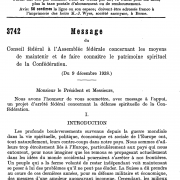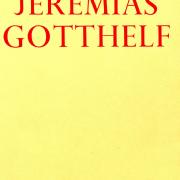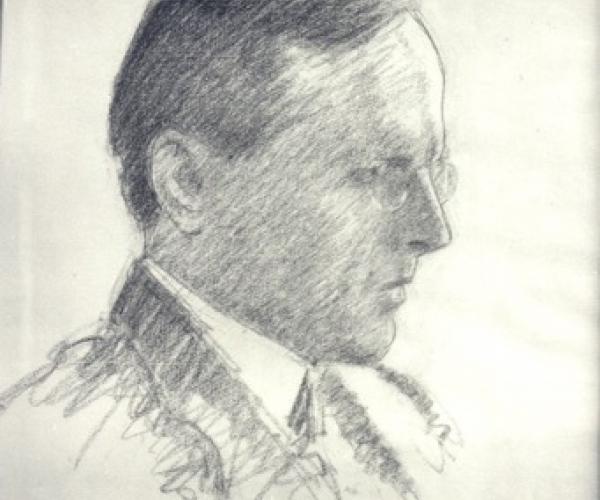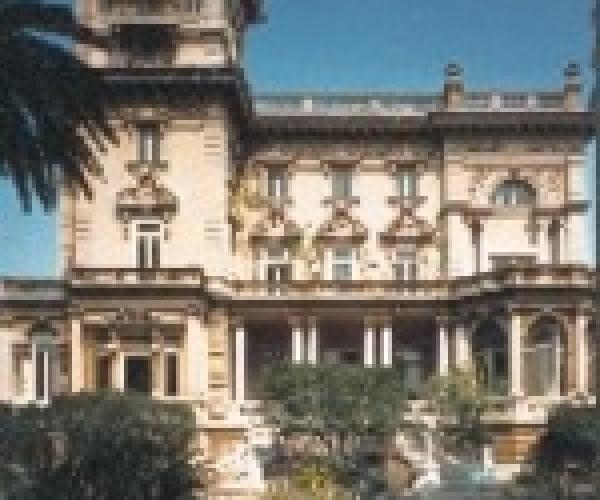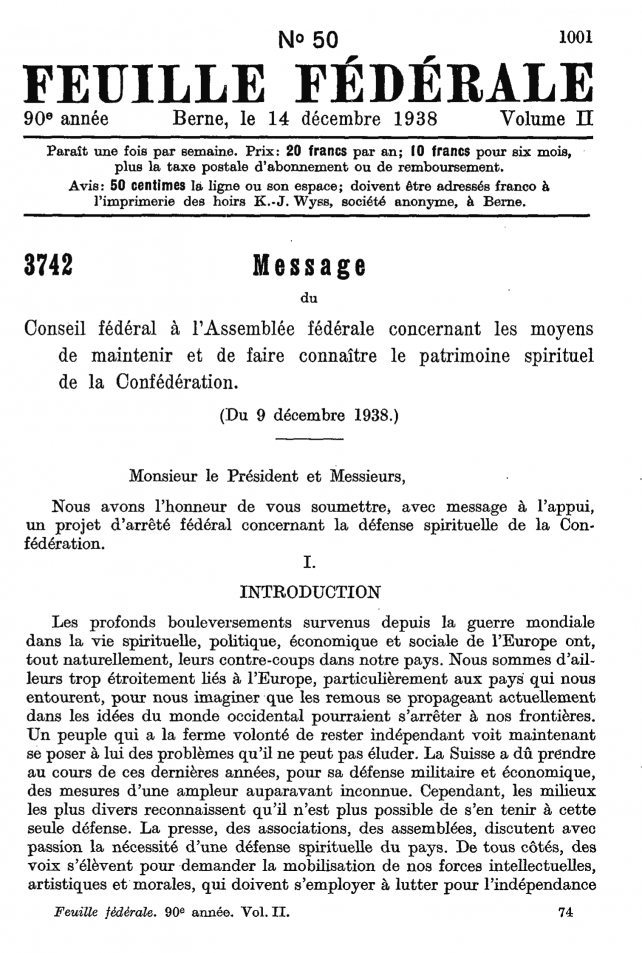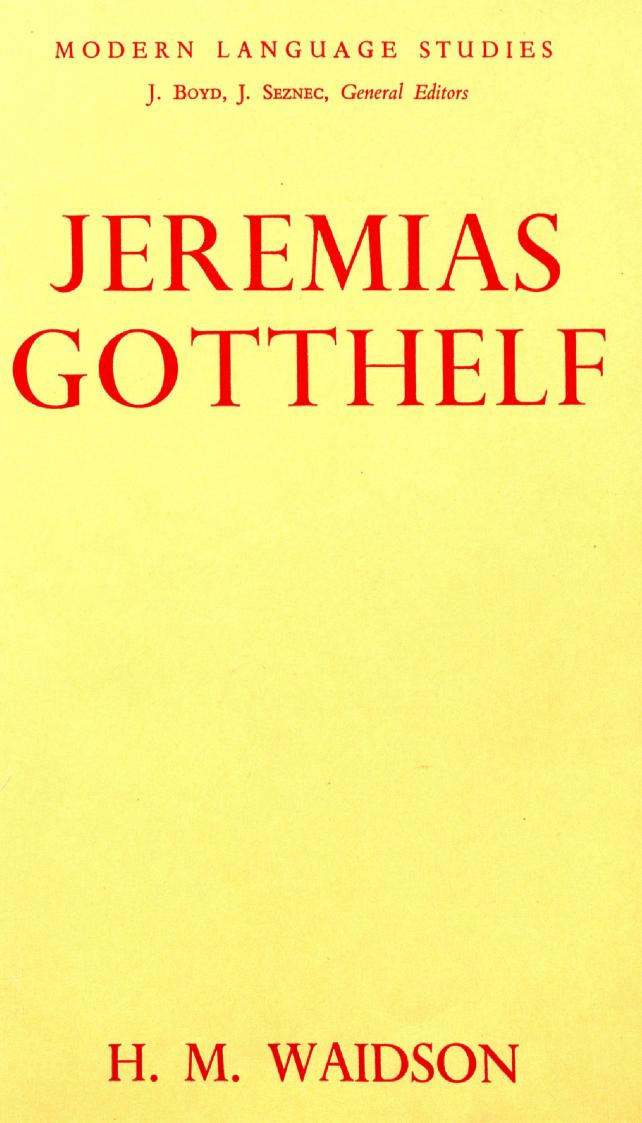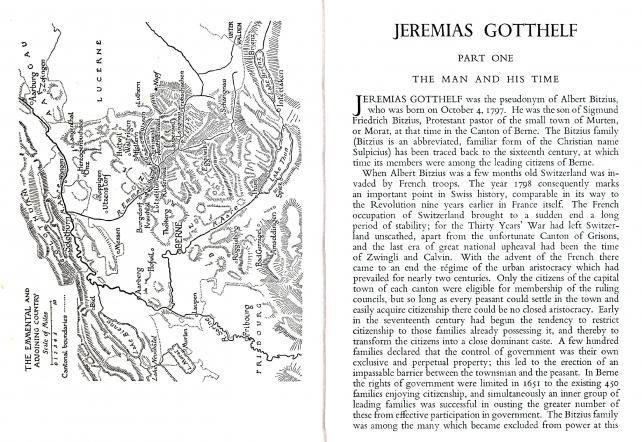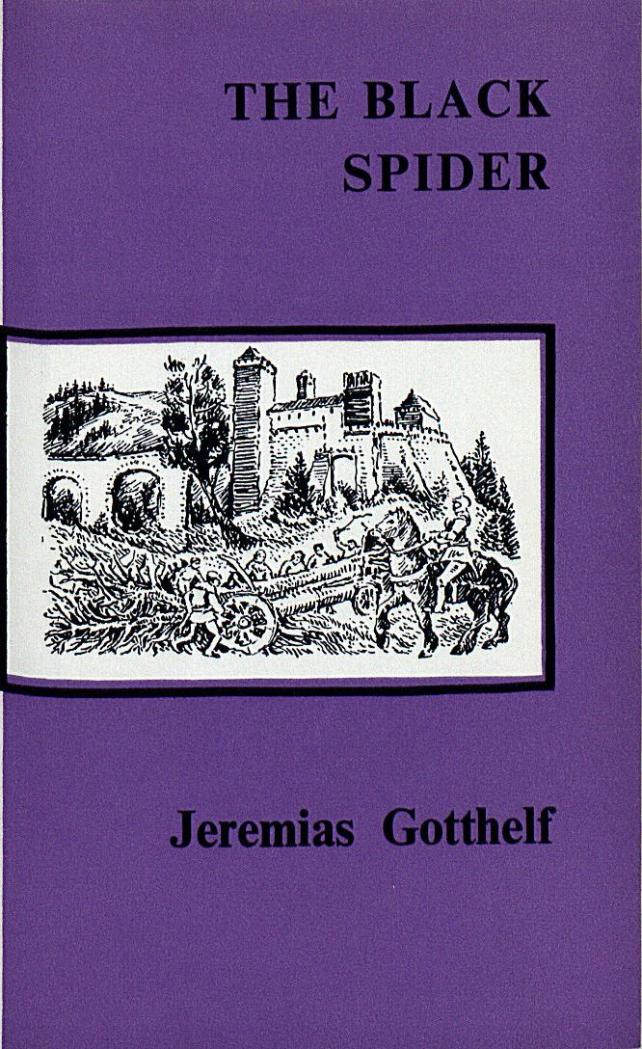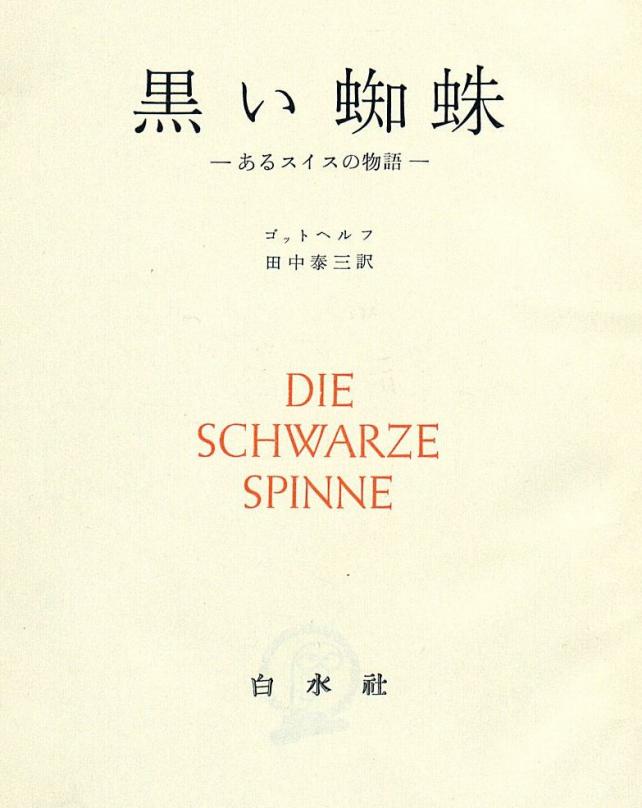Gotthelf and Ramuz
Until the 1960s, Pro Helvetia rarely considered contemporary literature in its international activities. Its policy singled out writers like Jeremias Gotthelf and Charles Ferdinand Ramuz, whom they considered representative of the national spirit. The emphasis on Gotthelf reflects this novelists’ privileged position within the literary panorama of the Spiritual defence. In December 1938, the Federal Council, in its message on cultural policy to the National Council explicitly stated: “Someone like Jeremias Gotthelf is so quintessentially Swiss that his name alone would suffice to support our perception of the distinct qualities of the Swiss mentality.”
The official recognition of this 19th century writer, who in his time had been among the most implacable enemies of the federal state of 1848, illustrates the conservative and anti-modernist outlook of Swiss cultural policy before World War II. Already In the interwar period the crisis of modernity acted as a catalyst for the ambitions to base cultural renewal on the idea of the nation. Based on fierce rejection of the modern world, cities and cosmopolitan internationalism,Conservative movements of the time, based on fierce rejection of the modern world and the international orientation of cities, opted for a return to a rural Switzerland of villages, which then turned into the sole reference of national identity.In this context, Gotthelf’s books, tinged with anti-socialist and anti-communist sentiment were soon regarded as the epitome of sound national literature.
Like Gotthelf, also the writer Charles Ferdinand Ramuz from the canton of Vaud, was also enlisted for the Spiritual defence. He was paraded as a prominent representative of peasant literature and the ideal spokesperson for the people’s soul. In a political context, Ramuz’ work is readily quoted to invoke the danger of Bolshevist industrialisation and collectivisation
After World War II, the same concepts resurfaced in the cultural foreign policy. Pro Helvetia’s first literary translations included Gotthelf’s novels, relatively unknown abroad, but considered to represent national identity. By the early 1950s, the Foundation’s press office publicised Gotthelf’s work by handing out articles to the foreign press.
In 1958, Pro Helvetia subsidised an English translation of Die schwarze Spinne and, in 1960, a Japanese translation. During the same time, Ramuz also became a cherished export item for Pro Helvetia. Many of the lecturers sent abroad addressed the work of the novelist from the canton of Vaud, and the Foundation’s press department sent his biography to foreign newspapers. In the 1950s, the Foundation subsidised the “Charles Ferdinand Ramuz professorship” at the University of Nice.
The emphasis placed on Gotthelf and Ramuz was characteristic of Pro Helvetia’s general policy Up to the 1950s, information on Swiss cultural life favoured a few thinkers, writers, and representative artists, whilst contemporary art was neglected. (tk)
Archives
Pro Helvetia, procès-verbaux groupe I
Bibliography
Jost, Hans Ulrich : « Politique culturelle de la Confédération et valeurs nationales », in : Crettaz, Bernard ; Jost, Hans Ulrich ; Pithon, Rémy : Peuples inanimés, avez-vous donc une âme ? Histoire et société contemporaines, Lausanne 1987, pp. 19-38
Jost, Hans Ulrich : « De l’anticommunisme chez Gotthelf à l’antisocialisme helvétique », in : Caillat, Michel ; Cerutti, Mauro ; Fayet, Jean-François ; Roulin, Stéphanie (éd.) : Histoire(s) de l’anticommunisme en Suisse, Zurich, Chronos 2009, pp. 29-45


